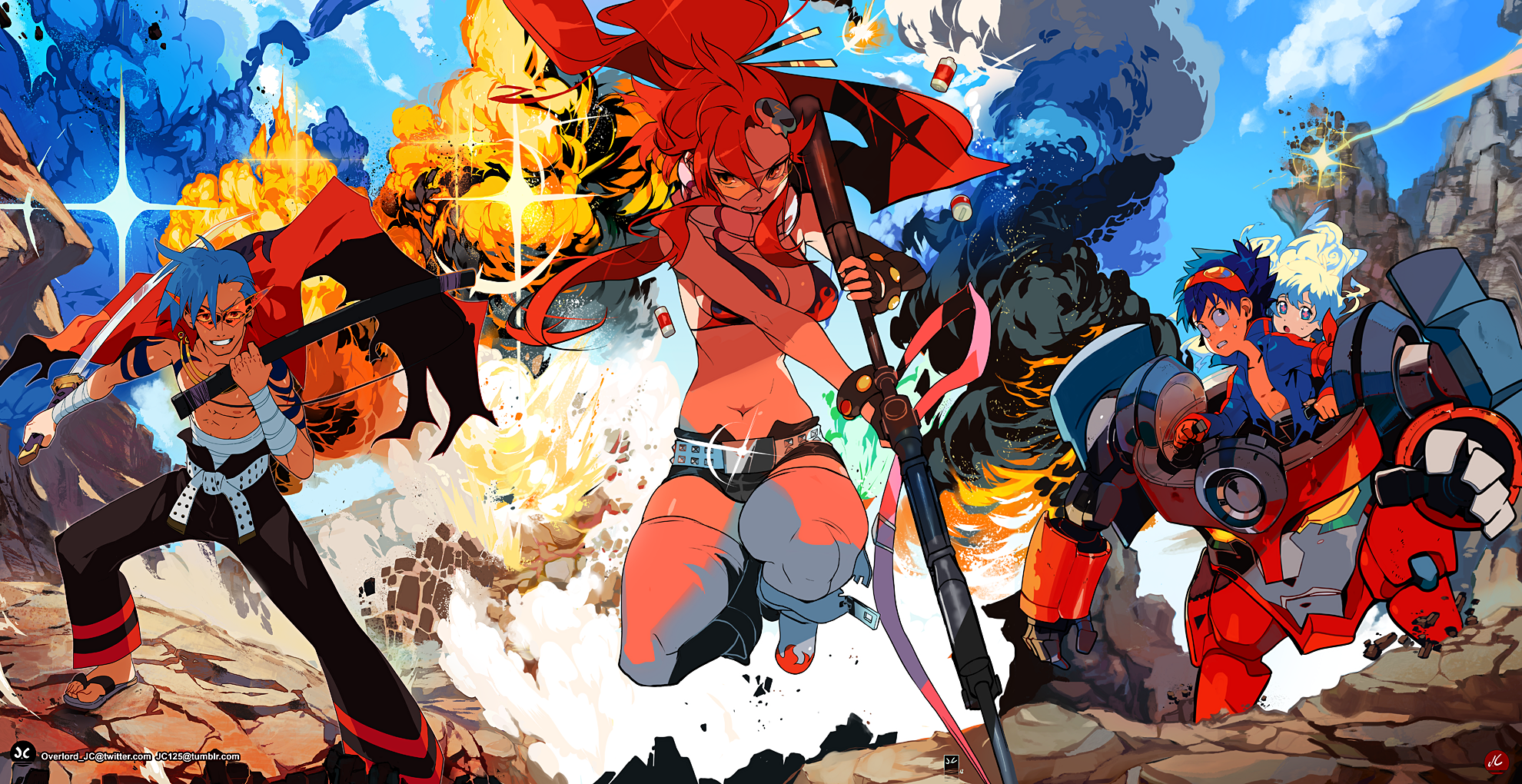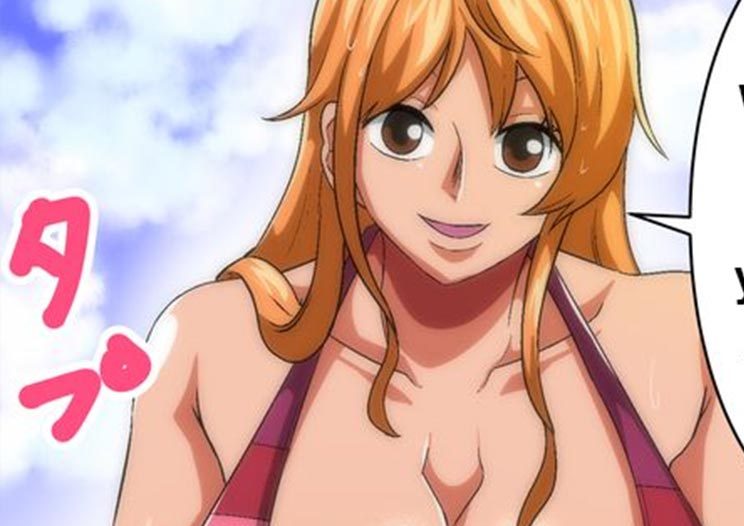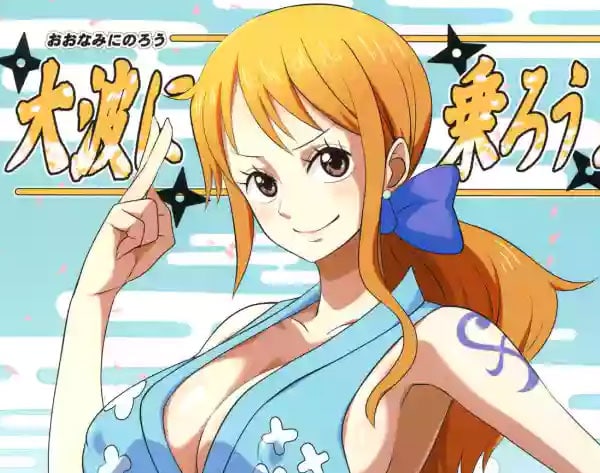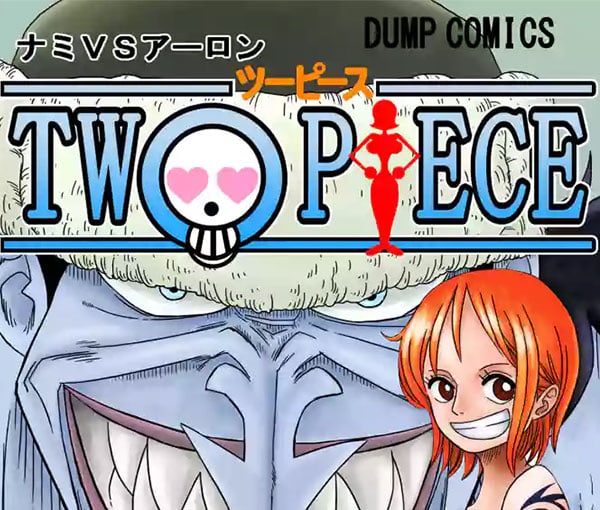One Piece is a tale about a search for riches. Monkey D. Luffy, the protagonist, is a carefree man whose “Devil Fruit” has transformed his flesh into rubber and given him superhuman strength and indestructibility. His quest for the legendary “One Piece” treasure leads him to the Grand Line, a vast sea that spans the world.
After this, Luffy embarks on a big traveling to the islands’ journey, where he steadily gathers a similarly motivated crew to fight other pirates and the Marines.
Some islands are inhabited by Marines, some belong to sovereign kingdoms, and still others are undiscovered territory; all have unique topography and location within the interwoven matrix of the Grand Line.
A broad range of storylines is possible because of the unexpectedly complex geopolitical environment; for example, our heroes may assault Marine bases to rescue colleagues or form agreements with neutral nations to put down rebellions.
The cumulative effects of all these separate plotlines create a dynamic universe that develops and changes even when our protagonists do not. In this listicle, we set out to uncover 20 anime shows that embody the same sense of epic scope, brotherly love, and limitless adventure that “One Piece” has come to symbolize.
Also Read: Nico Robin Before And After in One Piece: The Transformation
1. Gintama (2006)
Gintama is one of the few epic anime where the main character is not a naive young man who is just in it for the jokes. Instead, it’s an epic in which a naive hero represents the pinnacle of slapstick comedy.
The first part of the story was an introductory arc, but despite that, it had engaging characters, humorous banter, thrilling action, and many more qualities that may keep you entertained for hours.
We get several indications and a solid base to build on throughout the setup arc. After the initial setup, the story’s actual development starts to unfold.
The manga deepens our understanding of the characters and introduces many new ones. Overall, the plot has more going on, the arcs are longer, and the battles are more exciting.
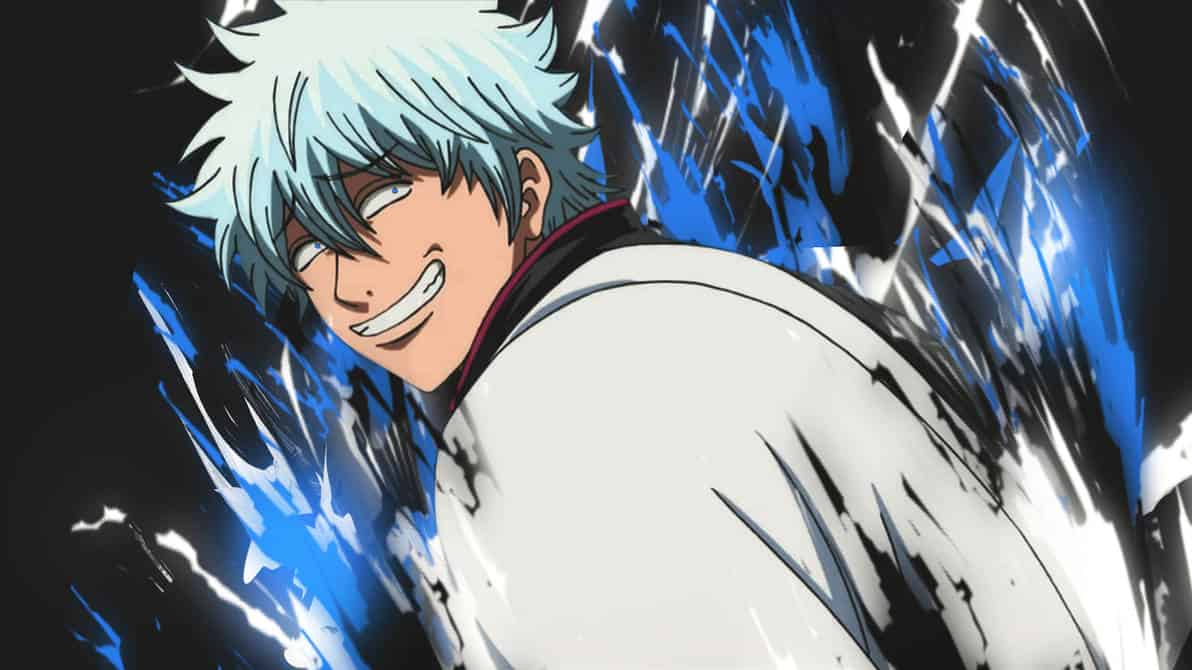
Hardcore death battles against numerous monster creatures like Benizakura, Housen, Jiraia, and so on set the stage for the events to unfold. You won’t be able to sleep for being so excited about each fight. Gintoki’s history is slowly being revealed as the story progresses. Things like his conversation with Shouyo-sensei and the days of the ancient conflict come to mind.
Gintama may have a simple premise at first, but the show’s writers turn it on its head with a clever and funny tale that grows and evolves over time. But hold on! The Gintama manga continues to provide many hilarious types of comedy despite the more serious tone of the show.
The twist in the narrative is completely original. A fantastic moral for society can be found in each episode, and the episodes all have their own distinct flavor.
The varied tastes of the segment ensure that the book never becomes boring. Gintama has an excellent storyline for a television show. Simply said, it’s a masterwork that keeps drawing you back for more.
Also Read: 27 Best Gintama Facts You Might Not Know
2. Dragon Ball (1986)
Goku, the protagonist’s kid, attacks Bulma in the first episode because he thinks her automobile is a monster. Goku removes his clothes and uses his tail to catch a huge fish, but he soon discovers that it won’t be enough to sustain him.
His naiveté and timidity endear him to his peers. Using her sexual urge to attract a male is Bulma’s driving force, which would be laughable in a realistic film but endearing here since she’s a teenager.
Toriyama obviously enjoyed creating this surreal world resembling a comic strip where his imagination could run wild. When Krillin comments about an odorous opponent, Goku points in the direction that Krillin continues to have a nose, breaking the fourth wall and making the audience laugh.
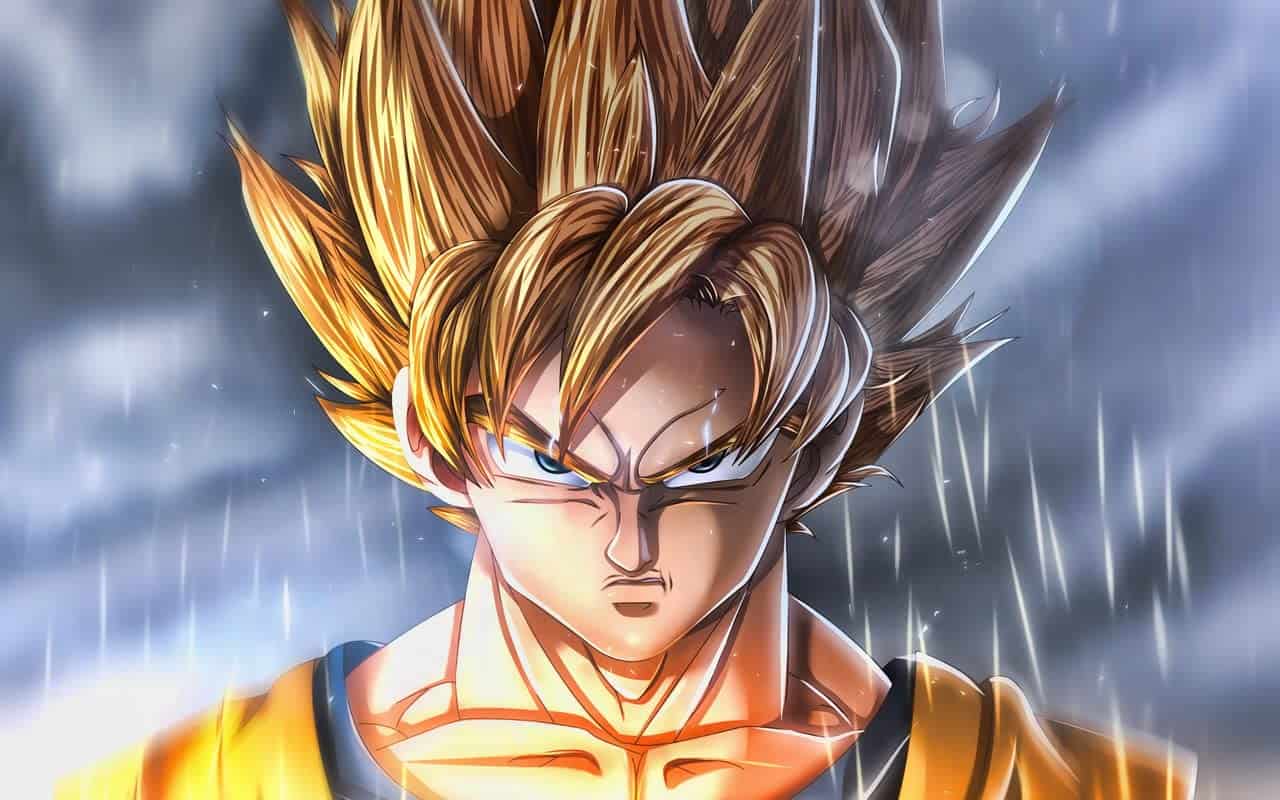
The anime takes many cues from bad kung fu flicks, so of course, there will be fight scenes. They’re about as funny as you’d hope for in a TV anime from the 1980s.
It’s obvious that the writers of this show have a deep appreciation for kung fu flicks and Chinese mythology since the show opens with a parallel depiction of the classic Journey to the West. The show develops and becomes much more impressive as it goes on.
However, these tropes are employed within the context of a fantastical, magical world during which pigs can talk and transform, and a terrible nosebleed caused by the sight of a girl’s underwear is used to locate an invisible opponent.
Dragon Ball Z has flexed muscles, men shouting, and energy balls being thrown about, but the lighthearted, spontaneous humor of the original anime is barely hinted at. Especially in the very initial few episodes, Dragon Ball is a comedic, adventurous serial with some serious overtones.
Also Read: How Old Was Gohan When He Fought Cell In Dragon Ball Series? Answered
3. Tengen Toppa Gurren Lagann (2007)
Toppa Tengen, The world of Gurren Lagann, is one in which humans have built vast subterranean colonies to protect themselves from the Spiral King and his armed forces, who rule the surface.
But at some point, Simon the Digger unearths a mysterious weapon he calls Gurren. Simon, Kamina, and Yoko travel the globe and beyond in search of allies and foes to help them in their quest.
There are 27 episodes in all, and they first broadcast in the middle of 2007. The first of the series’ four main story arcs is also the least compelling. After seven episodes, I began to worry that the show wasn’t keeping together as well as I had hoped.
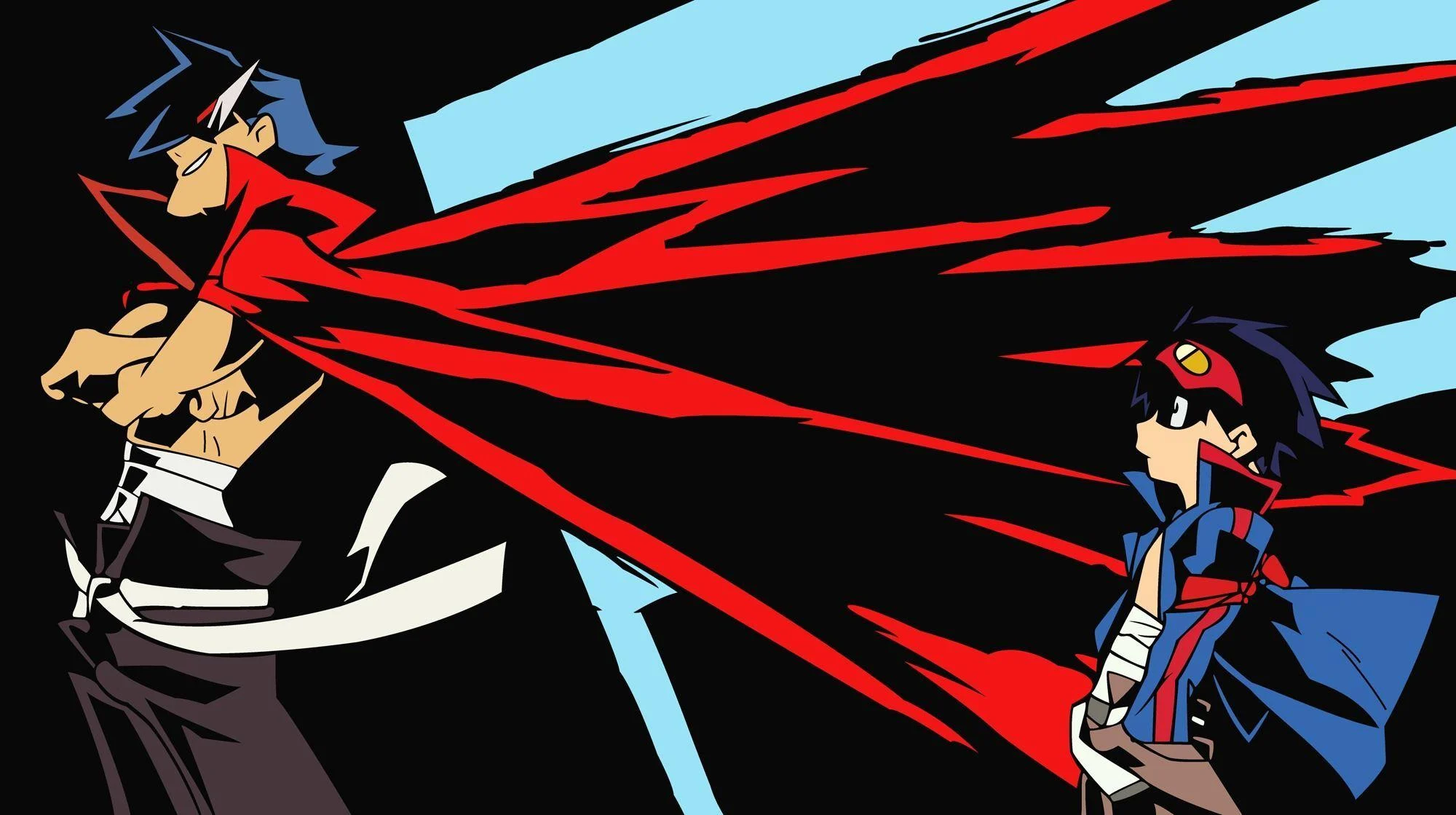
It has the two weakest episodes from the whole series. The first one is particularly awful since it exposes Kittan and his sisters. Furthermore, just because something is a creative decision does not make it a good one.
But other than that, the plot is quite stupid and would have been just padding if it hadn’t introduced such a pivotal figure. The episode set in the hot springs is just as terrible, but it serves no purpose other than to occupy time.
The rest was decent. The enthusiasm I had when watching Gurren Lagann was missing. The fact that Kamina, the protagonist, is consistently depicted as a moron contributes to the issue.
His primary responsibility of setting an example for his other students is one in which he succeeds, but he also has a propensity to get into unnecessary fights and refuse to back down.
He’s not quite the archvillain I was expecting. It’s nice to see Simon emerge as a stronger leader, but I still think the show is missing somewhere without him.
My memories of the show are more accurately reflected in the story’s climactic battle for Teppelin and Simon’s showdown with Lordgenome. A massive surge of encouraging propulsion that helps you keep moving forward.
Also Read: Gurren Lagann Watch Order
4. The Seven Deadly Sins (2014)
The Seven Deadly Sins, the queen of the Empire of Liones, Elizabeth, is on the hunt to capture the Holy Knights, an organization that was disbanded after the destruction of the country.
She recruits Meliodas, chief of the Seven Deadly Sins, and Hawk, head of the order of scraps disposal, to help her gather the group known as the Seven Deadly Sins and recapture the world occupied by the Holy Knights.
The story revolves around a holy war, and each episode features a climactic showdown between our unlikeliest heroes and their most formidable adversaries. This anime has a quick pace.
There aren’t endless periods of grinding combat that leave viewers hanging and give the impression that nothing significant happened in the story.
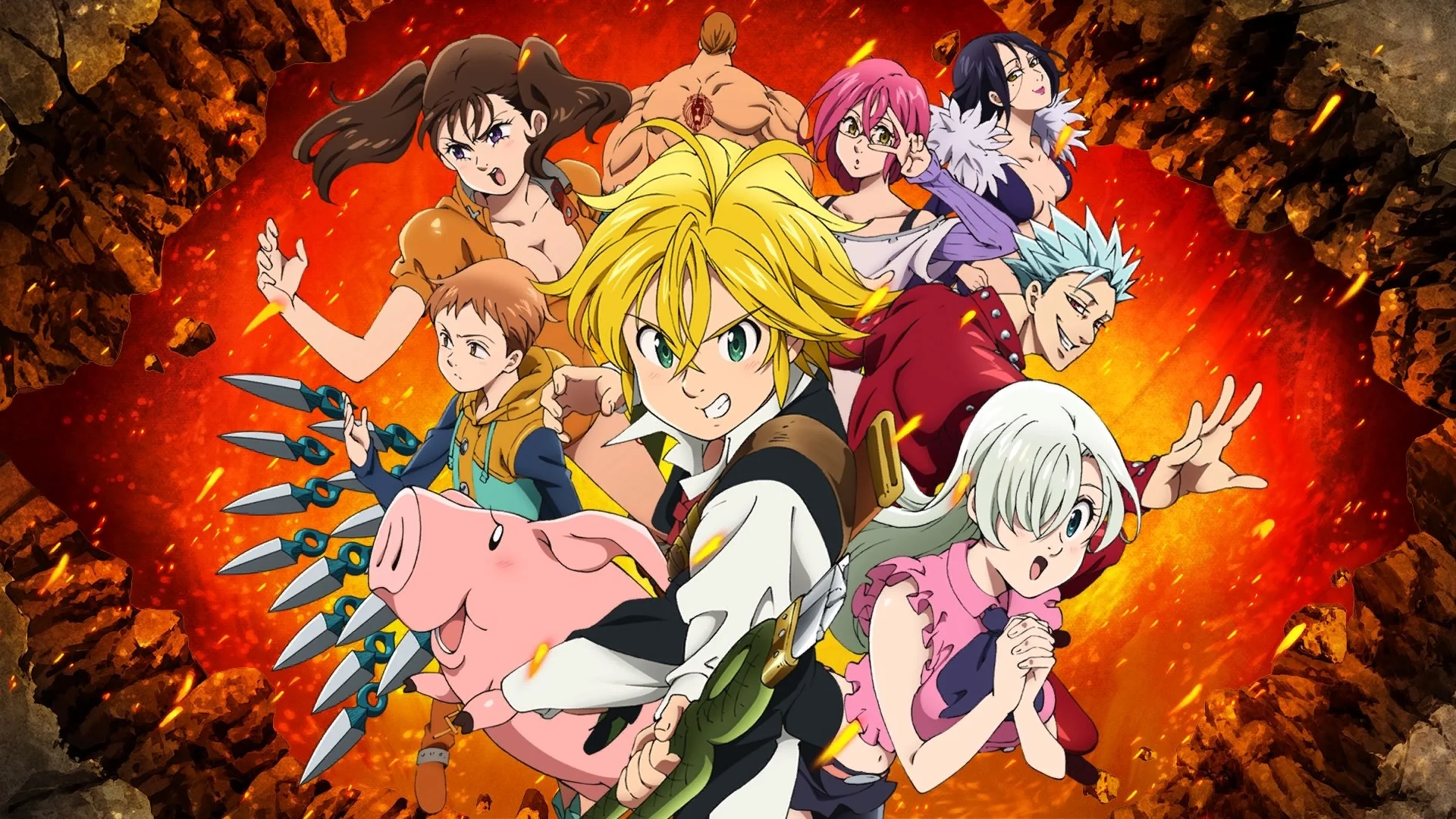
As you would expect from a group of criminals named after the seven deadly sins, every single one of the Seven Deadly Sins is hotheaded and eager for battle. The show’s gloominess is an illusion.
There is a talkative pig as a companion, and the graphic style is really childlike. Towards the first appearance, it would seem that the program is aimed towards a younger demographic.
The blood, though, is plenty, and the villains are merciless. There is no ethics among the holy knights. Infused with demonic energy, they relentlessly seek out the seven deadly sins in an effort to not only acquire them but eliminate them from existence.
Many innocent people will be killed as a result of their endeavors. Our heroes aren’t without their flaws, though. Each character’s sin that gives rise to their defining trait of wrath, jealousy, laziness, and greed is gradually revealed to the audience over the course of the season.
This manga adaptation clearly intended to reach a certain point in the original story, and it did all in its power to do it. While this strategy often yields dubious results, it served its purpose here.
Also Read: The Seven Deadly Sins Origin Game: When Does it Release?
5. Hunter X Hunter (2011)
Gon Freecs, a 12-year-old prodigy, wants just one thing in life: to complete his duties as a Hunter and reunite with his father, Ging Freecs, who left him when he was a child.
Gon had often pondered what exactly it was about Hunters that caused Ging to neglect his parental duties for them. Gon, despite his youth, is very focused and motivated to complete this mission. Like Naruto, he has a unique charisma that captivates and motivates everyone he encounters.
Hunter x Hunter is an interesting premise, at least at first glance. We’re led to believe that this will be an exciting journey in the vein of One Piece, where the main characters usually have a blast despite their dreadful predicament. At least, that’s how it seems at first.
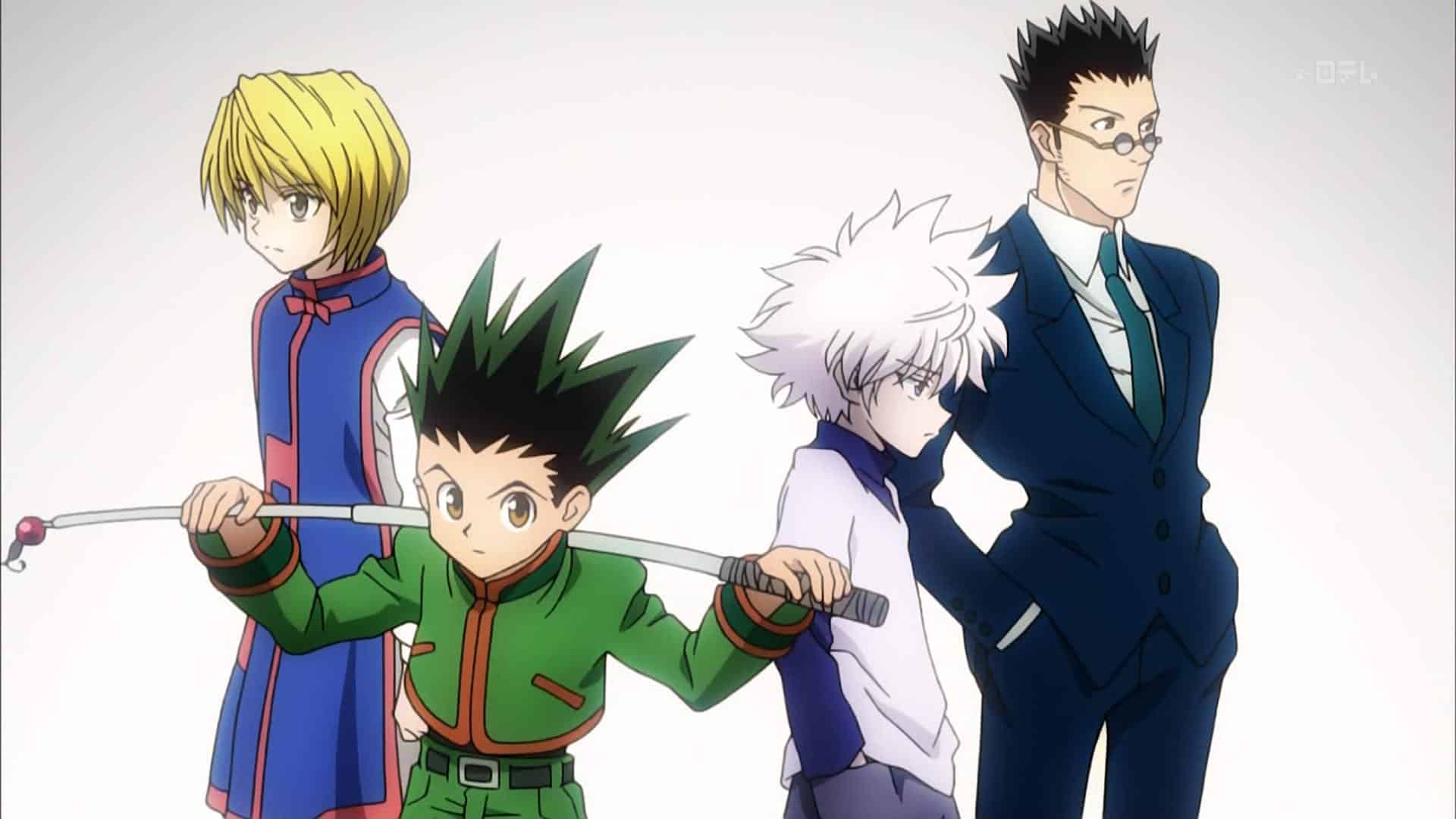
We are thrown headfirst into this carefree setting filled with people who are, on the whole, rather young, and we get to observe as they triumph over a variety of obstacles.
The show goes from being humorous to quite disturbing. It doesn’t gloss over the fact that people die. And in most cases, a lot of people will perish. Gon encounters Killua Zoldyck, his partner, best friend, and fellow 12-year-old genius.
He comes from a long line of deadly killers who want to remain anonymous. Killua has chosen to become a Hunter, against his family’s wishes, rather than carry on his parent’s business. The anime has many plot arcs. The first arc is the Hunter Evaluation.
In the second Phantom Troupe, Gon and Killua learn the results of the Hunter exam’s last component, and something isn’t released until after the evaluation has been taken. They research Nen and devise methods for utilizing it in battle. This may be compared thematically to the Naruto Chakra system.
Also Read: How Many Seasons Are There in Hunter x Hunter? Is It Worth Watching?
6. JoJo’s Bizarre Adventure (2012)
JoJo’s Bizarre Adventure is an anime series written by Hirohiko Araki that has been running continuously since 1987. There have been eight installments thus far, each focusing on a different aspect of the plot or taking place in a different realm.
It’s a high-octane show that constantly slams you with crazy antics and good times. The names of all the characters are taken from the names of musicians, song titles, or food items.
The name of the lead character, “JoJo,” comes from the title of a song by the Beetles called “Get Back.” Names that are both memorable and innovative may be produced using this method, as can the comfortable fuzzies of nostalgia. An orphan named Dio Brando finds refuge with the wealthy and influential Jonathan Joestar in 1880s Britain.
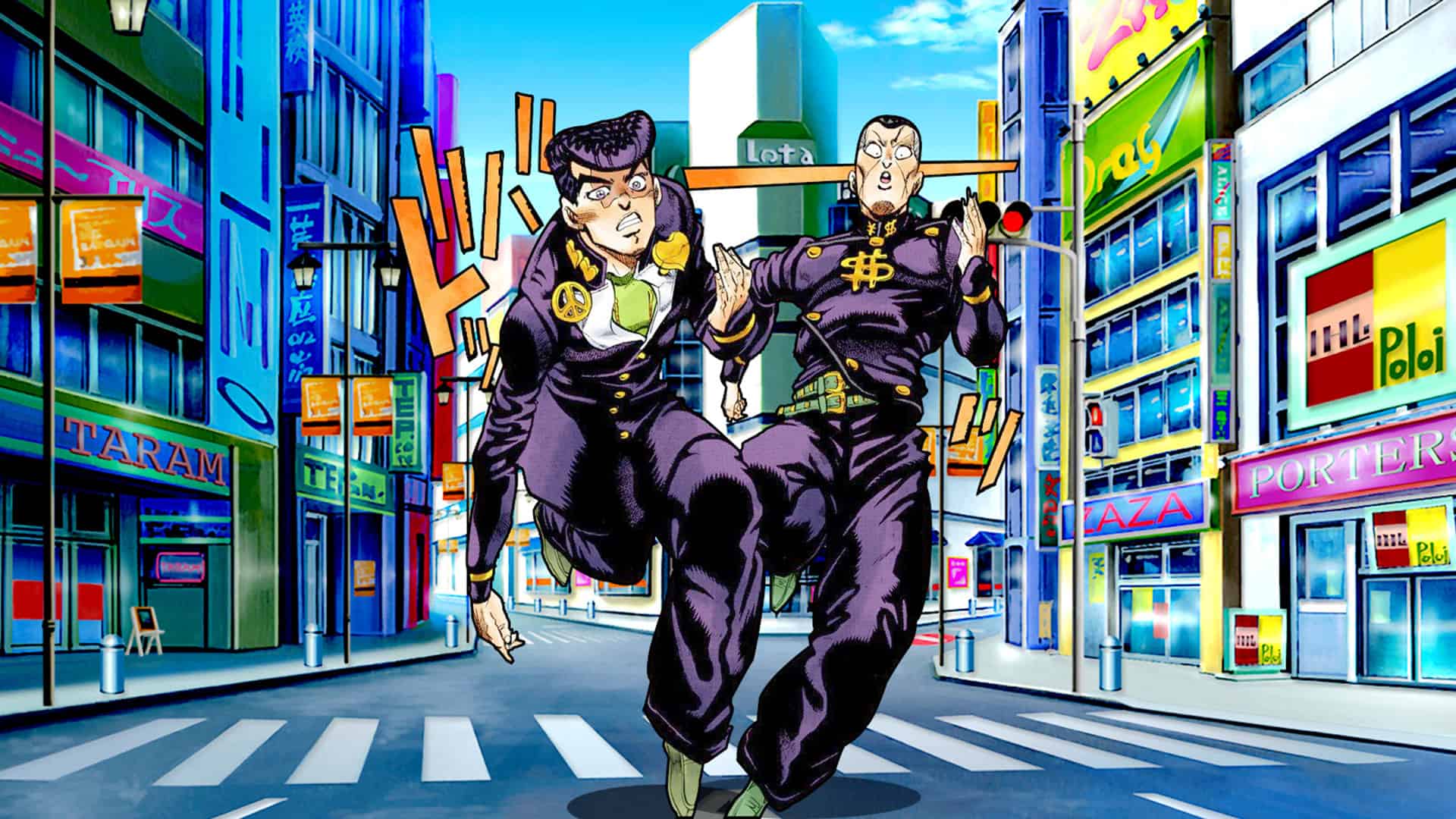
Their relationship had a difficult start. When Brando kicks Jonathan’s dog, the whole group of youngsters turns on him. Jonathan, ever the gentleman, attempts to cool things down and ends up befriending Dio as an adult. Jonathan is well aware that his stepbrother is an inhumane being who passionately covets his belongings.
When Dio’s first plan to take over the Joestar family fails, he switches tactics. Dio turns into a monster by donning an ancient mask with magical powers that the father he adopted was studying.
With the facts in hand, Jonathan has no choice but to go the same way as his new guide, Will Zeppli. Phantom Blood’s storyline has officially begun.
JoJo’s Bizarre Adventure’s first few episodes are interesting. The series is marketed as weird but is really a horror drama at heart. Even before Dio is transformed into a vampire, Jonathan’s rivalry with him is terrible.
I was beginning to wonder what could possibly surpass the supposedly fiery denouement at the final moment of the third episode. With the introduction of Will Zeppli and the notion of Hamon in the fourth episode, the program finally finds its feet.
Also Read: 30 Shocking Facts About JoJo’s Bizarre Adventure
7. One-Punch Man (2015)
Saitama, the protagonist of One Punch Man, is a superhero for fun who has a problem. Every villain he faces can be defeated with a single blow.
We follow him as he searches for more formidable foes throughout the series and encounters a wide cast of hilarious characters, among them the cyborg disciple Genos, who has the finest personality design.
Several small stories revolve around a larger danger that Saitama and company must overcome, with a few random adversaries tossed in for good measure.
In doing so, the plot is able to make effective use of the available time without seeming rushed. One-punch knockouts may seem repetitive, but the series features bouts between more than just Saitama and his opponents.
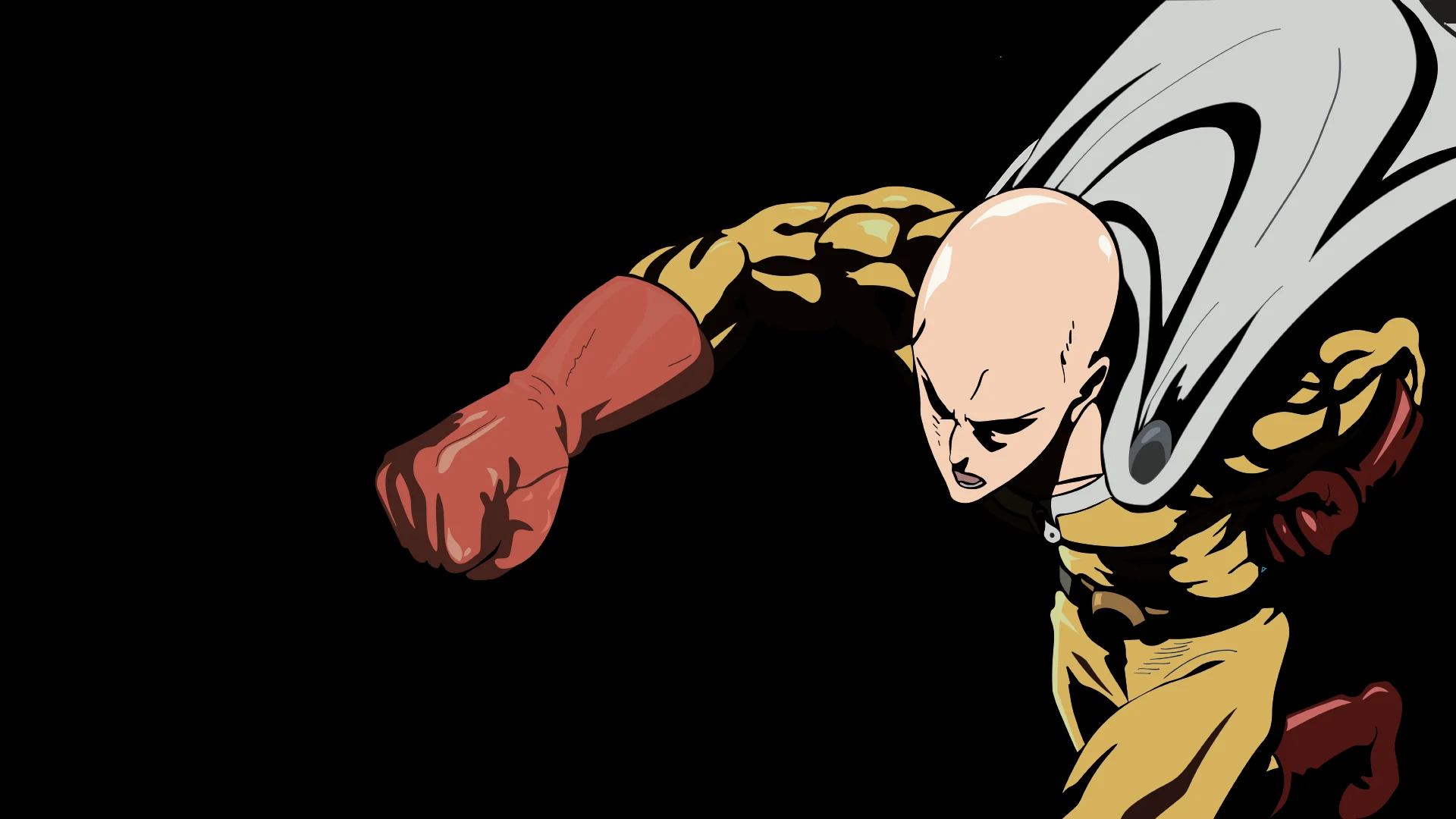
The humor in this program is superb. This is the type of humor that even folks who aren’t familiar with Japanese culture or anime can appreciate.
Fans of Western characters will also love the program since it pokes fun at superheroes. One of the show’s strongest suits is the quality of its artwork. Wide images, which often include a path of ruin left by someone, reveal stunning natural beauty.
Another thing that caught me off guard is how richly nuanced each character is. I didn’t find anybody who seemed uninteresting or unimpressive when compared to the others. Saitama’s unremarkable appearance is something that eventually grows on you.
The music fits well with the style of One Punch Man. There is seldom any downtime, and the music matches the ferocity of the battles by including several upbeat tunes. Many fans like soundtracks very much. They have zero defects, and Saitama’s hair is empty.
There was never a dull moment, a character I didn’t care for, or a battle I found uninteresting. You can see that the cast and crew genuinely cared about making this show, and it’s a great demonstration of how a dedicated group can achieve remarkable results.
Also Read: How Many Seasons Are There In One Punch Man? Is It Worth Watching?
8. Naruto (2002)
The Naruto anime series first aired in 2002, based on Masashi Kishimoto’s original manga. Naruto Uzumaki is an adolescent ninja in the Hidden Leaf Village who wants to become the respected Hokage, the village’s top ninja. The series follows his adventures as he strives to achieve these goals.
Sasuke Uchiha, Naruto’s rival and the most intelligent ninja-in-training at the academy, was just too annoying with his bad-boy attitude, and the cherry-blossom-haired kunoichi Sakura Haruno was too clingy. Despite the fact that the trio’s existence was enough to put me off, we pushed towards the end of the anime and learned that it had more to offer than just the antics of three teenagers.

Despite his mischievous ways, Naruto’s narrative is about more than just an orphaned kid who’s hated and shunned by his villagemates. Naruto’s parents were killed by the Nine-Tailed Fox when it attacked their town. To kill the beast, a sealing spell was performed, trapping it within the sole human being strong enough to resist it.
As it progressed, it really appreciable how it showed Naruto, Sakura, and Sasuke maturing from inexperienced ninjas into formidable warriors who can keep their village safe.
Kakashi Hatake, a powerful and extremely cool ninja frequently referred to as the copycat, trains the three as a team. Early episodes of the anime center on the group’s efforts to bond as they grow to work together rather than compete.
Despite the story’s typical slice-of-life format, I found myself engrossed by the plot’s sudden shifts, which revealed the evil necessitated at work, Naruto’s transformation from a spoiled brat to a driven and inspiring hero, and Sasuke Uchiha’s own descent into the darkness and appealing backstory.
Also Read: 47 Popular Anime Like Naruto That Fans Would Love
9. Black Lagoon (2006)
This series, although telling very basic stories, nevertheless manages to surprise and delight. Mercenaries often board ships and force their passengers to act as hostages.
What really sets this particular model apart is the high quality of the execution. While the first few episodes function more like traditional episodes, the remainder of the series is structured around narrative arcs.
All the tales are interesting since they deal with different topics and are self-contained, yet they all connect in some way. From the “simple cargo of human beings delivery” to the salvage of masterpieces from submerged submarines, everything is possible. It also has a solid understanding of tension creation and maintenance and is very constant.
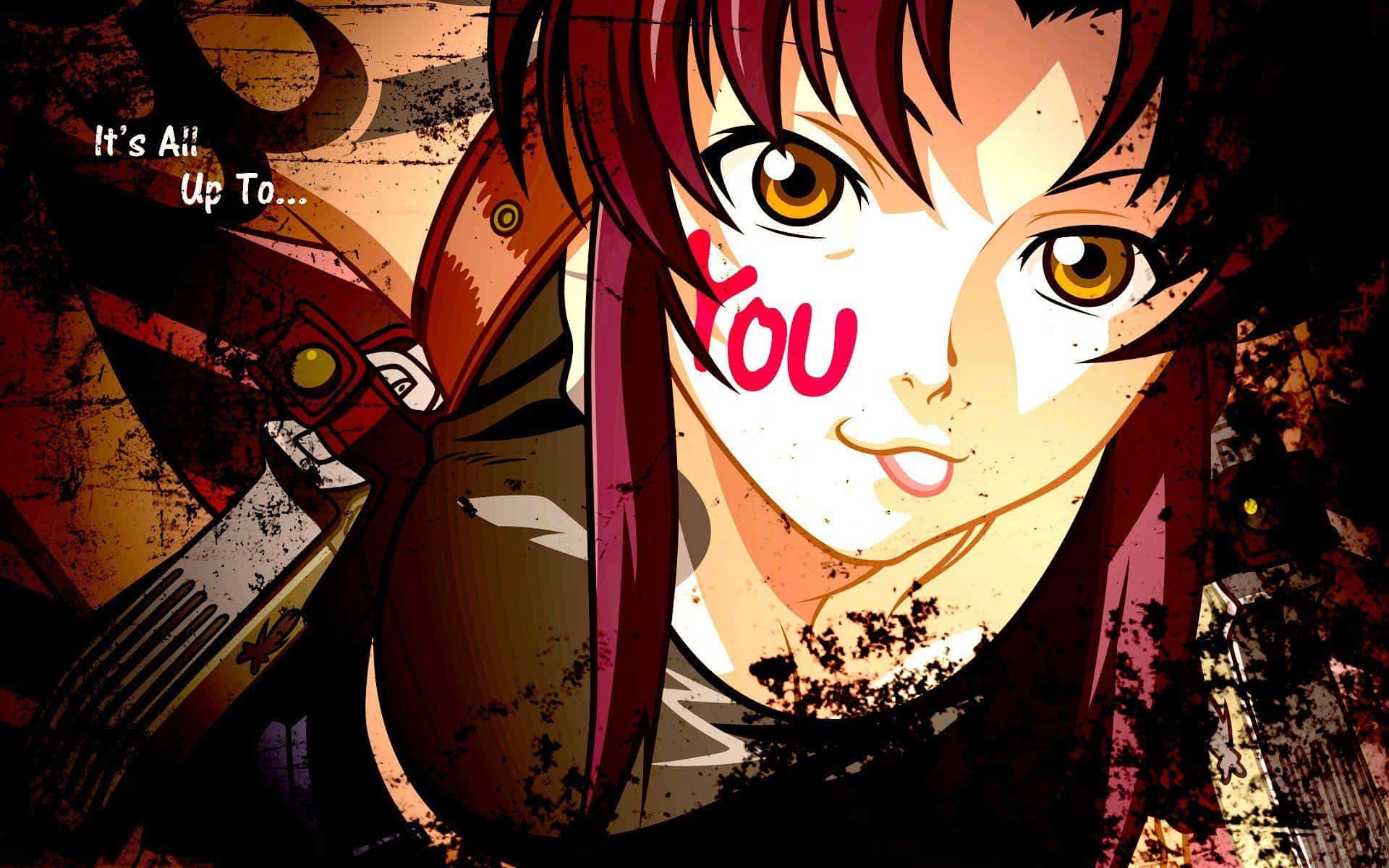
The story is really complex and well-told. Before you tell me it isn’t, consider the questions it raises. Human trafficking, terrorism, guerilla warfare, and Neo-Nazism are all examples of illegal acts.
The typical adolescent won’t understand how this is ignored in the media just because you showed him this. But now it seems like we’re getting off-topic.
Due to graphic violence and mature themes, this show is restricted to viewers over the age of 17. However, I must forewarn you that the show features death.
A great deal of them exist to a very high degree. It’s realistic in part because of how gory and terrible it is. Revy shows up, complete with absurdly bloody killing sprees and lightning-fast reflexes.
In order to keep the audience amused, Revy will sometimes demonstrate her exceptional skills in a shootout by easily taking on and defeating hundreds of opponents. There’s a massive ensemble in The Black Lagoon.
The tone of the story and the unique characteristics of the protagonists and villains are established via the dialogue, which often makes use of multiple curses to convey a point.
That doesn’t mean the only decent thing to say in a discussion is a cuss word. It’s great amusement that won’t give you any cause for discomfort. The show’s supporting cast is what made me appreciate it even more on my second viewing.
Also Read: Top 10 Black Anime Protagonists That Became Cultural Icons
10. Log Horizon (2013)
The heroes of Elder Tales, a popular massively multiplayer online role-playing game, were the focus of the plot. After installing the game’s thirteenth expansion pack, Homesteading the Noosphere, gamers find themselves backed up against the screen.
Shiroe, a Level 90 Enchanter, returned to the game after two years to find his old buddy, Naotsugu, a Level 90 Guardian, playing back the game.
Shiroe and Naotsugu, who had previously founded a group called the Debauchery Tea group, have reunited in an effort to learn more about the world around them. Mamare Touno did a fantastic job of conveying the emotions of the Elder Tale characters as they went through the transformations she described.

After being stuck in the game’s universe, players switched from directing their avatar to really battling creatures, and the last type was better depicted and had more information. The heroes are wonderfully crafted, and the other characters are well-written as well. Shiroe is a magic user, whereas the protagonist is often a melee warrior or knight.
Log Horizon avoided falling into the trap of stereotypical storytelling by featuring a protagonist who is more cerebral than brawny. If you’re having trouble visualizing abilities and status effects in the anime, the descriptions of fights in the manga can assist.
A role-playing game is not required to enjoy the Log Horizon series, although it is highly recommended if you have never played one before.
It turns out that Kazuhiro Hara’s original artwork was preserved in the anime’s adaptation, which was a huge relief to me, so you can still appreciate the book even if you’ve already seen the adaptation. However, these anime create a magnificent impact on its viewers through its plot.
Also Read: Top 5 Anime Similar To Log Horizon That You Should Be Watching
11. Toriko (2011)
Food is more important than everything else in the universe. It serves as the bedrock upon which national economies are built. The Bishokuya have earned widespread respect as experts in the field of foraging for exotic, difficult-to-obtain edibles.
Our protagonist is typical of these people. Toriko and his new chef, Komatsu, go out to find more exotic delicacies, supported solely by Toriko’s insatiable appetite and the untold millions of yen he will earn.
If they can exact some kind of vengeance on the criminal organization Bishokukai before the latter uses them to manipulate the world’s hungry masses, the victims may have a fighting chance.
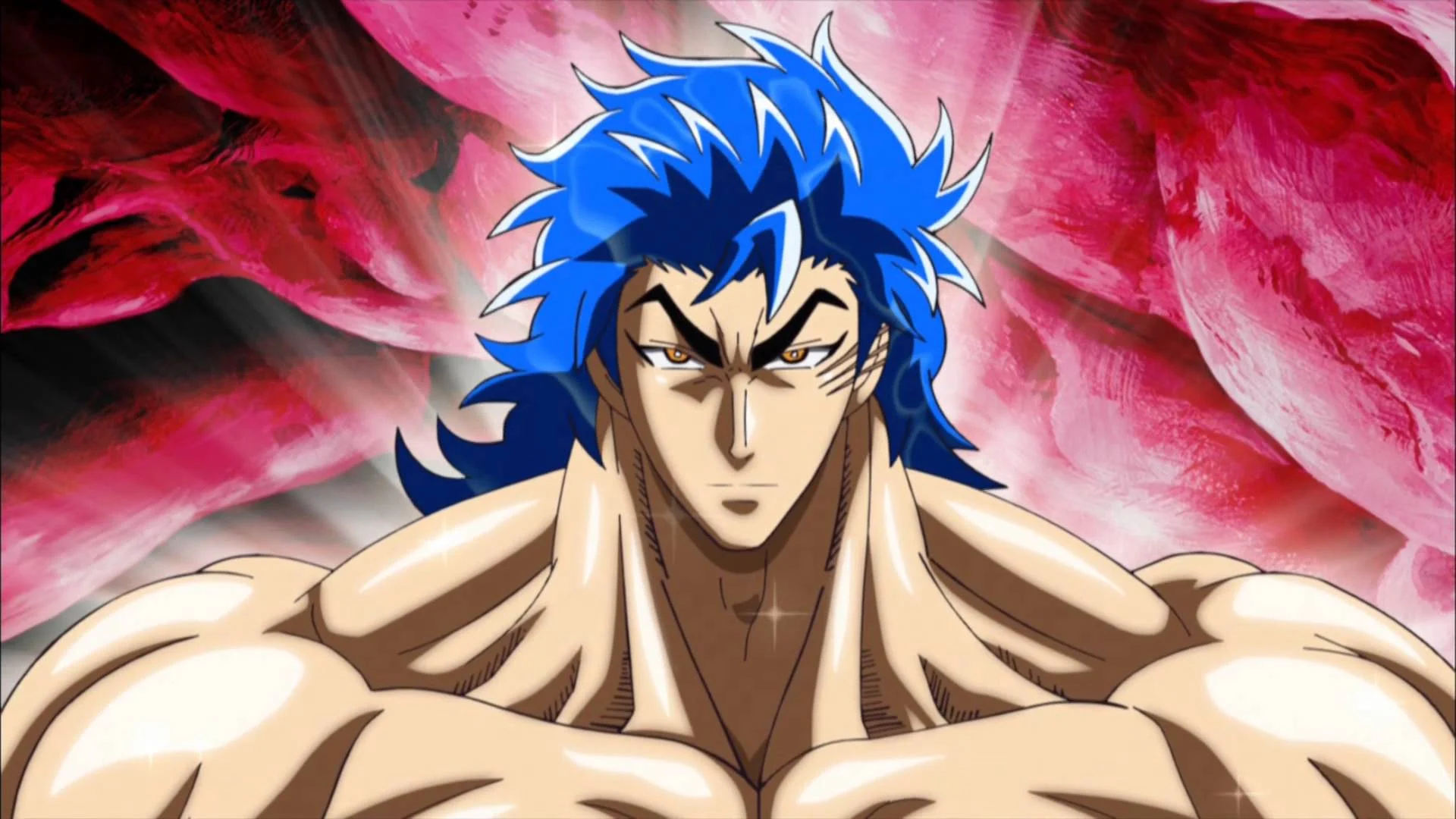
The hero of our story sets out to discover the most delectable dishes in the world. Although it would be inappropriate to use video game language, the best genre label would be “Action/Adventure.” The only limit to the strange and interesting sights in Toriko’s cosmos is the author’s creativity.
Even while the promise of this cola may not be appealing to many readers, the trek the heroes must go over the harsh environment and into the bowels of a vast lethal labyrinth to gather the world’s greatest cola is what makes the novel memorable.
Since the authors of this book spare no effort in making their food and drink sound and look good, you may want to put off reading it until after dinner.
It’s incredible how many different stories there are. Every dish calls for one main ingredient, but it’s up to you to figure out how to get it. Despite being primarily an action series and including action in the vast majority of episodes, the concept of “Beat the guy to get the thing” is seldom used explicitly.
Also Read: 44 Anime Like Sorcerous Stabber Orphen For You To Watch
12. Fairy Tail (2009)
Numerous magical guilds exist on Earth-land, where casters perform spells in exchange for money. The Fairy Tail mage Natsu Dragneel searches the Kingdom of Fiore for his lost adoptive father, the dragon Igneel. Along the way, he meets a young heavenly mage called Lucy Heartfilia and quickly becomes friends with her, eventually inviting her to join Fairy Tail.
Together with Happy, an Exceed, the two go off on a series of adventures among the other members of their guild, where they will encounter a variety of foes and learn more about their history and the Black Wizard Zeref’s schemes.
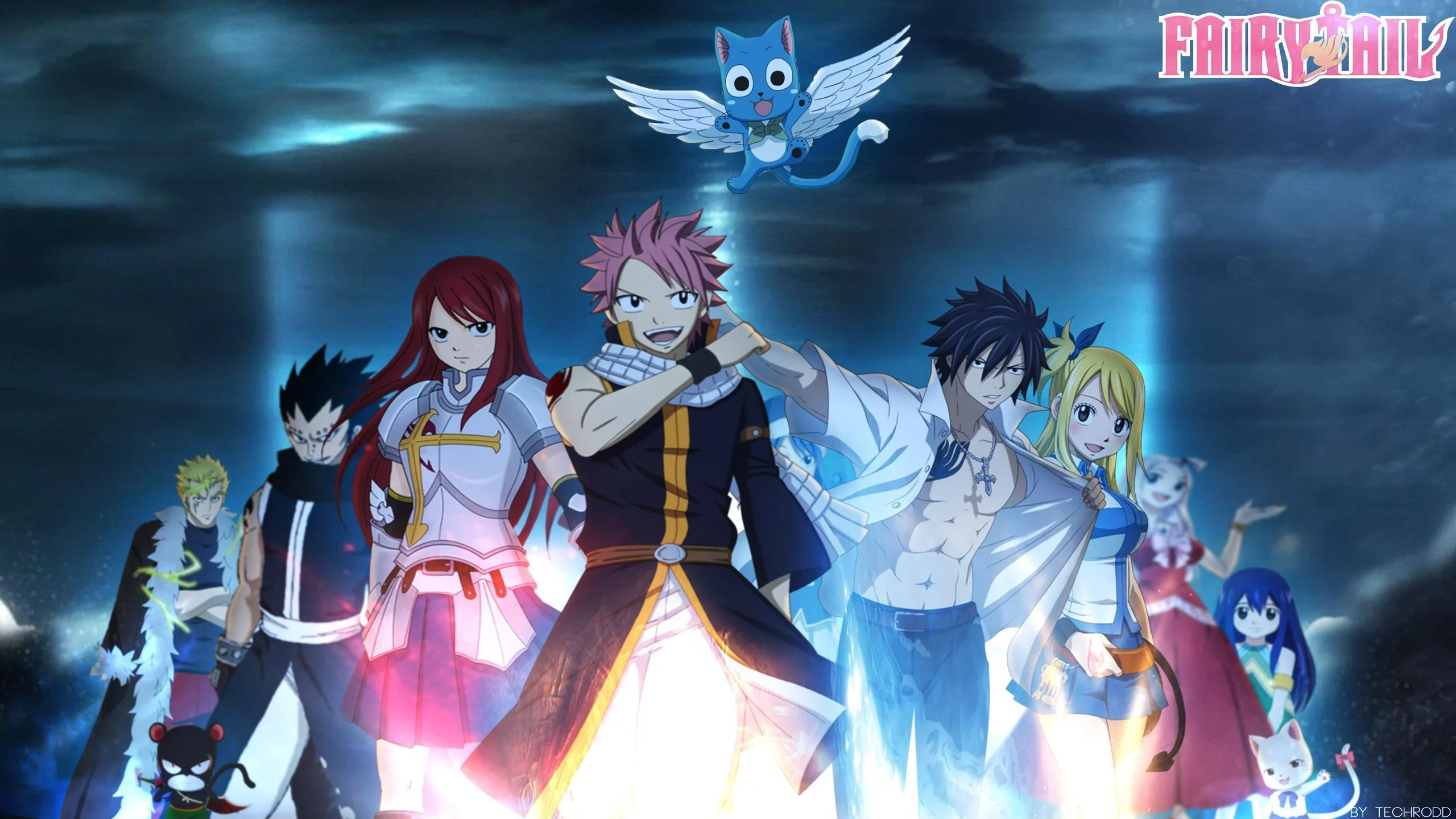
Like many other Shounen series like Naruto, One Piece, and so on, the core of Fairy Tail is the familial relationships formed inside the guild. Even while the debate was so dramatic at times that it created goosebumps as the action unfolded, the absence of genuine loss during lethal conflicts removes certain portions of the danger from the story.
Despite the overarching themes of each arc, Fairy Tail consistently had a subplot that focused on the series’ primary characters. Maybe not all of them simultaneously, but a good chunk of them.
Grey is one such character who underwent consistent change. Lyon, a former classmate who had studied under Ur’s tutelage, appears first in the Deliora arc.
The tale and the accompanying action, though, were what kept us going. Each story arc saw the protagonists’ powers and talents grow, and if my memory serves me well, each arc also brought new developments to the characters’ backstories. Still, we enjoyed seeing the plot evolve and found it compelling, even though we felt it abruptly ended for no good reason.
Also Read: Fairy Tail Review: Is It Worth A Watch?
13. Bleach (2004)
Ginjo and Ichigo pick off where they left off in the last episode, with both still using Bankai and both determined to win. However, Ichigo quickly begins to strike blows at Ginjo, slashing him very deeply and causing him to bleed profusely.
Ginjo gives his best, but he can’t keep up with Ichigo, and he is sent back down to unconsciousness after taking a final blow.
Ginjo, on his deathbed, speculates on what would have happened if he had been in Ichigo’s place and Ichigo had been the one to feel abandoned by Soul Society. Ichigo waits calmly by Ginjo’s side until Tsukishima appears out of nowhere and swings his sword directly at Ichigo. Rukia puts herself in the path, and out of her comes Riruka, who grabs the slice.
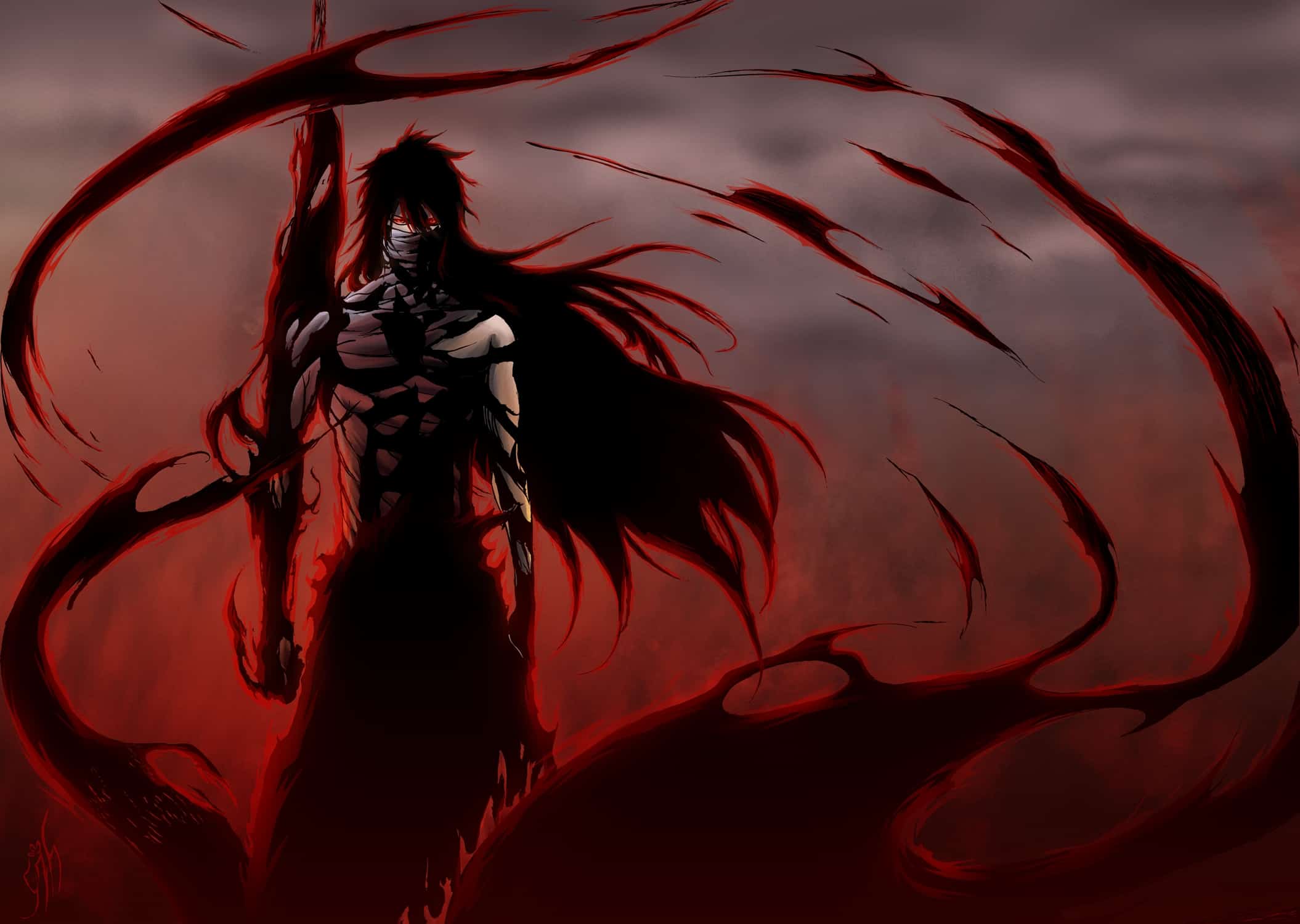
She mocks Tsukishima, saying that they couldn’t help him merely because Ginjo had saved everyone else and that Ichigo had been the one who succeeded and really ended up saving him. Of course, Tsukishima is seriously hurt; his vision blurs, and he coughs up blood as he collapses down onto his knees.
Tsukishima recalls that when he was little, Ginjo came along and told him and his mother that they could be together. Tsukishima now wonders why Ginjo taught him every detail except a term for what to do when he died. Tsukishima is midway through when Shishigawara unexpectedly enters the scene.
Tsukishima is severely wounded, but Shishigawara insists that he is the biggest of all, therefore, he can’t die, claiming that he is indestructible, so he carries him along on his back. Then Tsukishima figures out that Shishigawara is experiencing the same emotions he has towards Ginjo. Digging more deeply may give you spoilers.
Also Read: Bleach Watch Order: Anime Episodes & Movies
14. InuYasha (2000)
Kagome Higurashi, a regular fifteen-year-old girl, has her life turned upside down when a demon pulls her through a cursed well on the property of her family.
Kagome doesn’t fall to the bottom of the well but instead finds herself reborn in the horrific Sengoku era of Japan 500 years in the past, discovering the demon’s actual aim, a wish-granting diamond called the Shikon diamond, still residing within her.
When the precious gem is accidentally shattered during a fight with a resurrected demon, Kagome recruits a young dog-demon halved human hybrid called Inuyasha to assist her in recovering the pieces and keeping them out of dangerous hands.
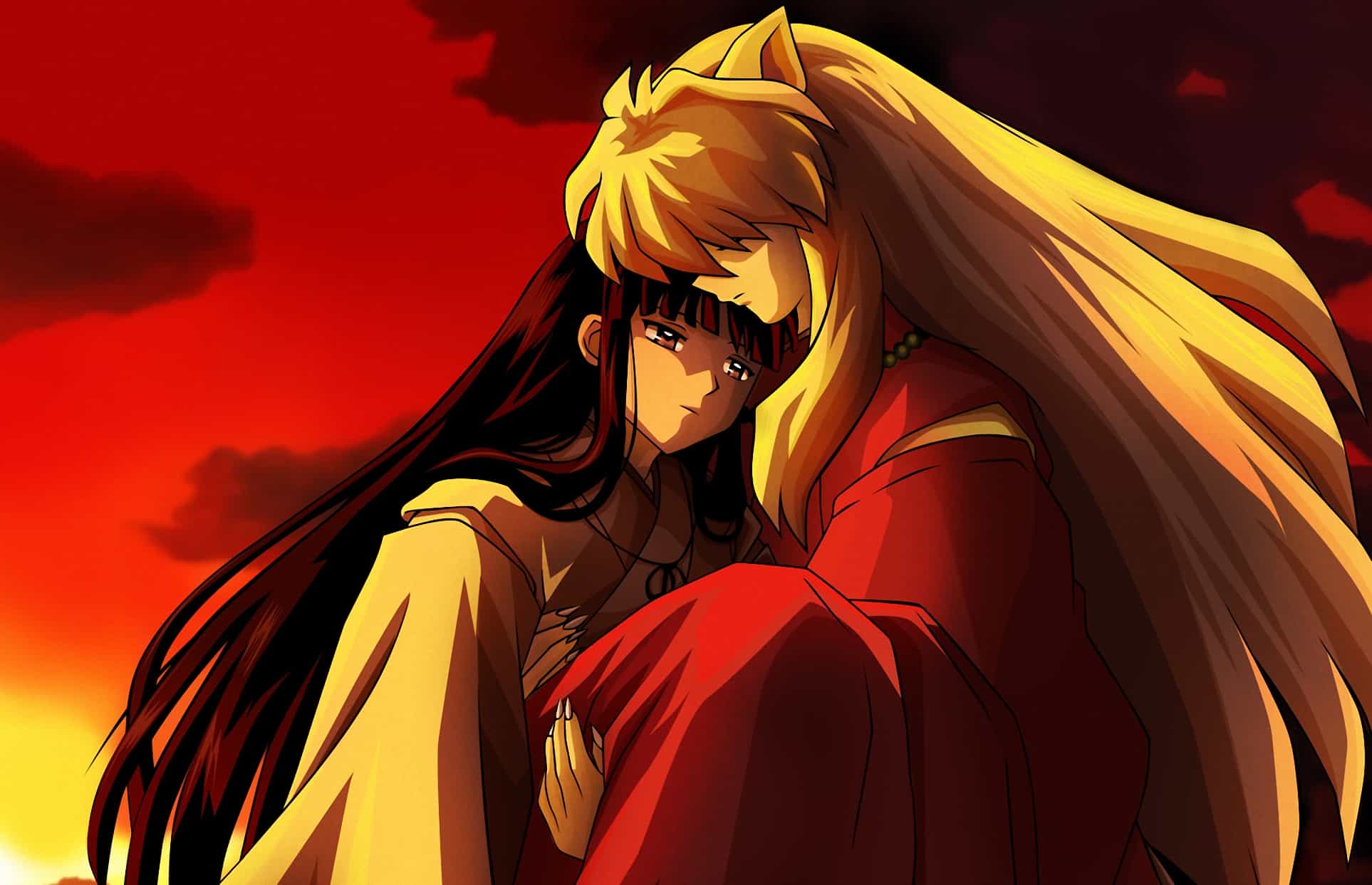
The fox-demon Shippo, the wise monk Miroku, and the deadly demon slayer Sango are all on board to help Kagome and Inuyasha on their journey. To uncover the power-granting shards dispersed throughout feudal Japan and cope with the perils that emerge, they must put away their divergent opinions and work together.
The storyline was fantastic as well. Seeing Kagome and Inuyasha get closer was one of the most enjoyable parts for the viewers of the series.
It was also interesting to witness how the members of Inuyasha’s group became close friends. The conclusion of Inuyasha was among the best I’ve seen in an anime. The surprising turn of events at the end was fantastic.
In general, I thought these anime were fantastic and liked watching them. The story, characters, romance, humor, and action were all highlights of the series. It pleased me to get to see this anime since it quickly became one of my favorites.
Also Read: Inuyasha Watch Order: Anime & Movies
15. City Hunter Series (2011)
Ryo Saeba will not leave any lady alone. He can charm anybody into subjection, friend, or foe. This hired shooter only works with the sexiest women.
After all, the most prestigious women demand nothing less than the most skilled gunslinger to deal with their perilous predicaments. Who, then, safeguards the females from Ryo? Kaori, his companion, and her enormous hammer.
When I first started reading some articles, I found a piece on the City Hunter spinoff Angel Heart, noting how, after a serious first 13 episodes, the show abruptly switched to an episodic format with a concentration on goofs and gaffs. That seemed strange to me.
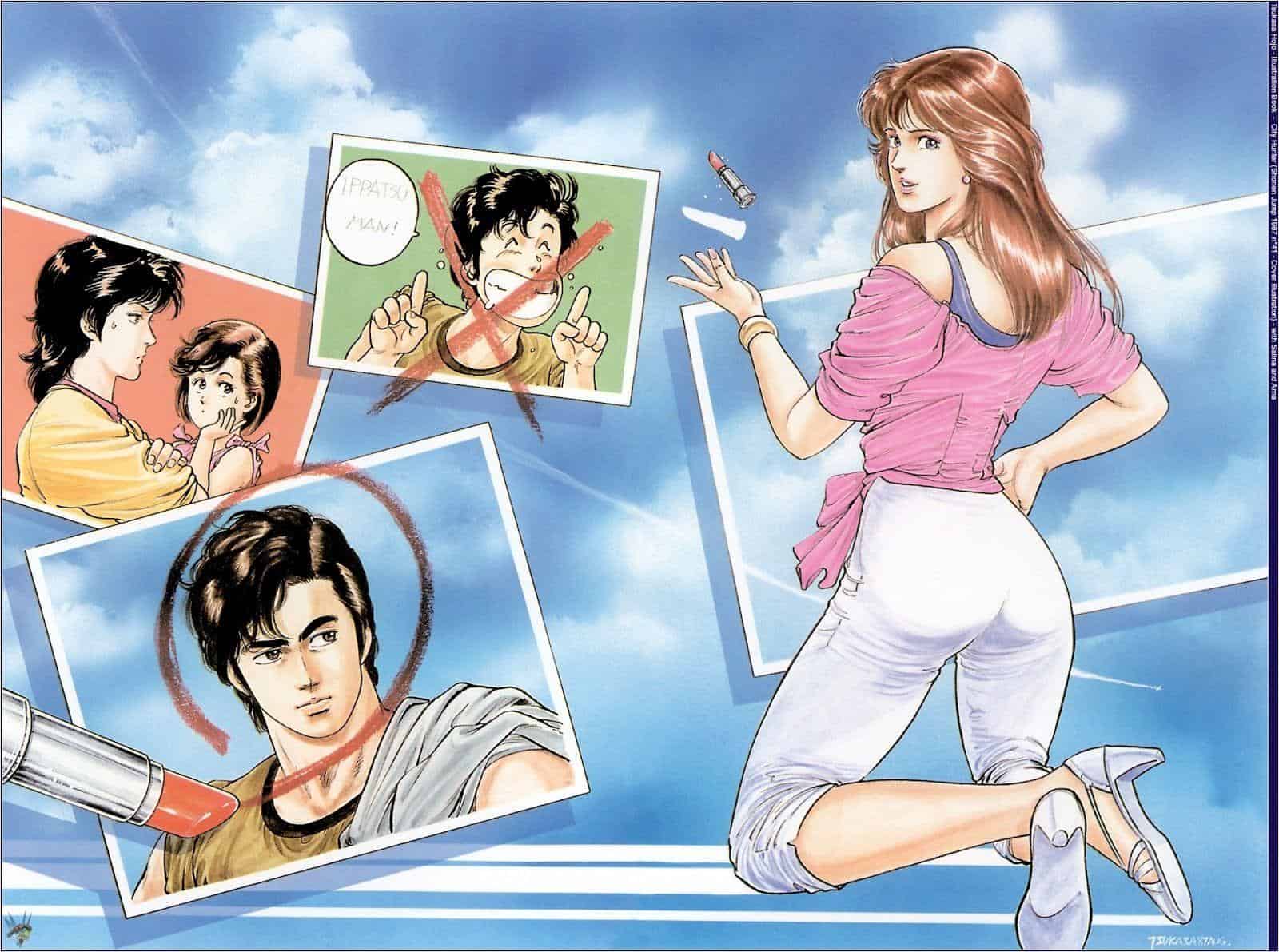
Now that I’ve finished City Hunter, I can see why Angel Heart changed gears and adopted the same tone as the first series.
Ryo takes on a new client every episode or two, and she’s always a woman whose life is in danger. Gunfights and explosions abound as the protagonist moves from each forthcoming situation, solving problems for people and eliminating criminals.
In one role, he plays the manager of his favorite actress, whose life is in danger on set. He continues shouting “Cut!” every time her co-star moves near for a kiss or a passionate moment.
When the director finally has enough, he lets the camera keep rolling and includes Ryo’s shenanigans in the action sequences. My heart leaps at the thought.
The character of Ryo is fantastic. His presence is essential to the show’s success. He is a very skilled marksman. He shoots insanely well, sometimes even down the barrel of a villain’s gun or repeatedly at the same distant target. The humor makes up for the fact that you must maintain your disbelief. His struggle continued throughout the season.
Also Read: Tsukasa Hojo’s City Hunter Series Gets New Anime Film
16. Black Clover (2017)
Asta is a kid who was born into a world where magic is central and where everyone has at least a rudimentary facility with it. His ambition to become the Wizard King persists despite this enormous obstacle and the frequent mockery he faces.
He overcomes the rigors of apprenticeship and the lack of the term “quit” in his language to rise through the ranks of the Magic Crusaders and wield anti-magic swords to save the country on several occasions.
Black Clover, despite a few early issues, had me on the edges of my seat for the whole of the series. What a fantastic show. It’s so fantastic that it may even be superior to the series it parodies. It’s heartening to see how much the Black Bulls have developed as individuals and as a unit.
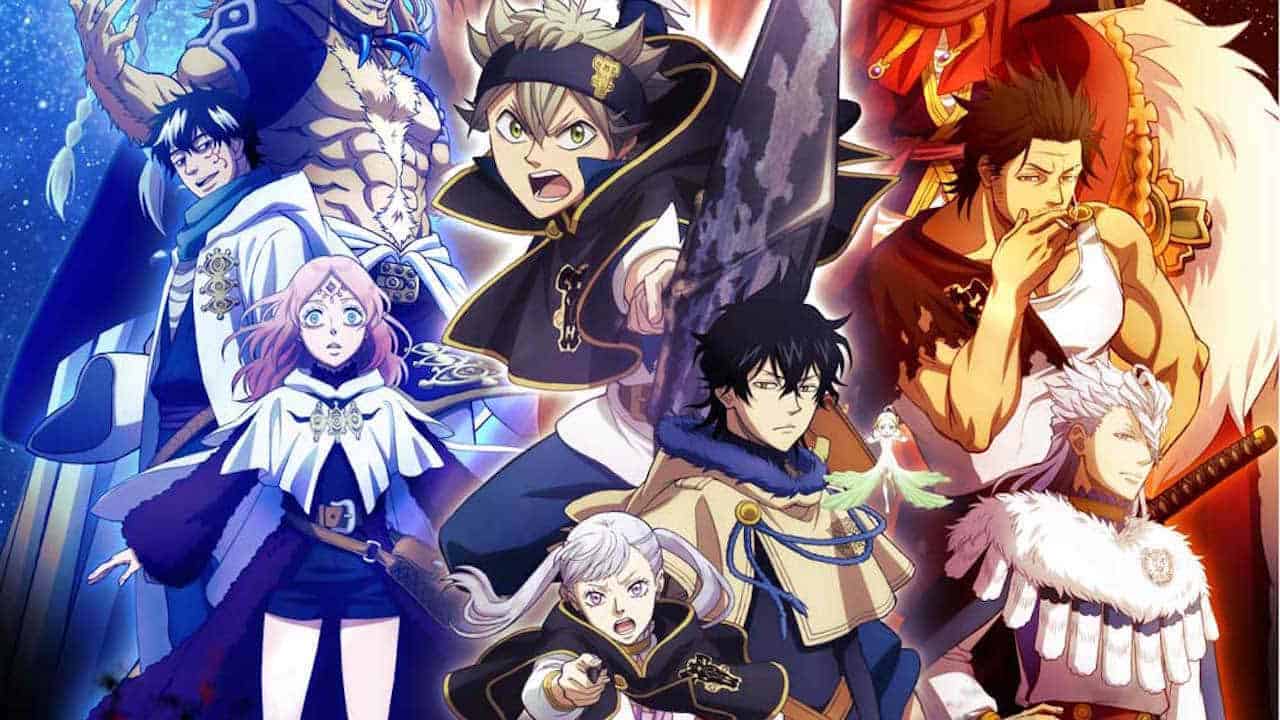
Characters’ dogged determination is unparalleled, both central and ancillary. If you give Black Clover a chance and stick with it through the hard patches, it will quickly become one of your favorites. The comedy is fantastic, and the fast-paced sequences never disappoint. The timing and delivery of every joke is spot-on.
Also, keep in mind that inequality is a prominent plot point throughout the series. Different social classes may be found in Black Clover, from aristocrats to peasants. Your natural magical ability increases as you go through the courses. Also, by a significant margin.
This is why aristocrats and nobility consider the common people to be beneath them and punish them accordingly. Asta and Yuno’s goal in becoming the Wizard King is to abolish social stratification altogether. Both Lemiel Silvamillion, the previous Magician King, and Julius Novachrono, the most recent Wizard King, share this desire.
Also Read: Why was Black Clover Cancelled?
17. Demon Slayer (2019)
In the anime series Demon Slayer: Kimetsu No Yaiba, the protagonist, Tanjiro Kamado, learns that his family has been slain and that the sole survivor, his sister Nezuko, has been turned into a demon. Unlike other demons, Nezuko proves she can rein in her bloodthirstiness and live happily with humans.
Tanjiro, followed by his sister, seeks to find a way to restore his human form to his whole family. As far as anime protagonists go, Tanjiro fits the mold perfectly.
It’s heartening to see how upbeat and positive he can be despite his dark past. Tanjiro has every reason to be a morose, silent type after what he’s been through, but instead, he chooses to smile in the face of his adversity.
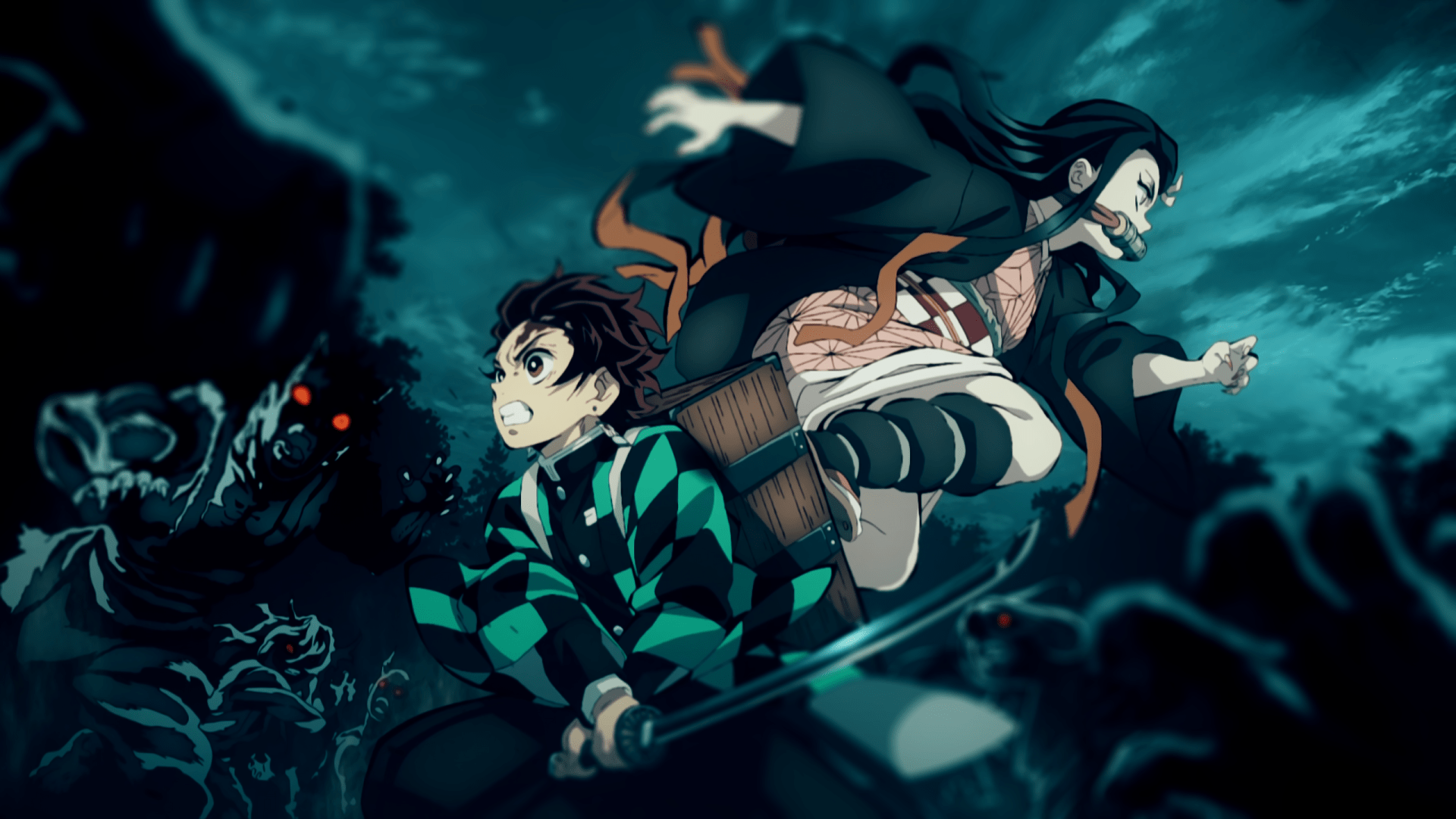
His morals and integrity are rock solid, and it’s almost hard to want to cheer for him. And then there’s Nezuko, who has an abundance of naiveté but also a strong desire to protect those she perceives to be family. But as befits a demon, her seeming innocence may quickly give way to brutality when called upon.
On the surface, this interaction seems funny; nonetheless, it ultimately highlights the terrible aspects of her demonic possessions and character. Every human and monster in Monster Slayer has a tragic backstory.
The show does an excellent job of depicting the demons as vicious and murderous antagonists who retain some human qualities. The demons aren’t just generic killing machines thrown at Tanjiro for the sake of excitement; they each have their own unique backstories and goals.
Also Read: Where to Read Demon Slayer After Season 3? Manga Guide
18. D. Gray-Man (2006)
D Gray Man is an intricate tale with many surprising turns. It started out on a very standard note. D Gray Man seemed rather stale and familiar, and when compared to other manga and anime titles, there wasn’t anything that was new or different about it.
To begin with, the story’s direction appeared obvious right away. A solitary protagonist forms a close friendship with his newfound family in a group, and together, they fight against the forces of evil. The hero evolves into a superhuman force capable of vanquishing the antagonist, as is customary in every Shonen manga or anime.
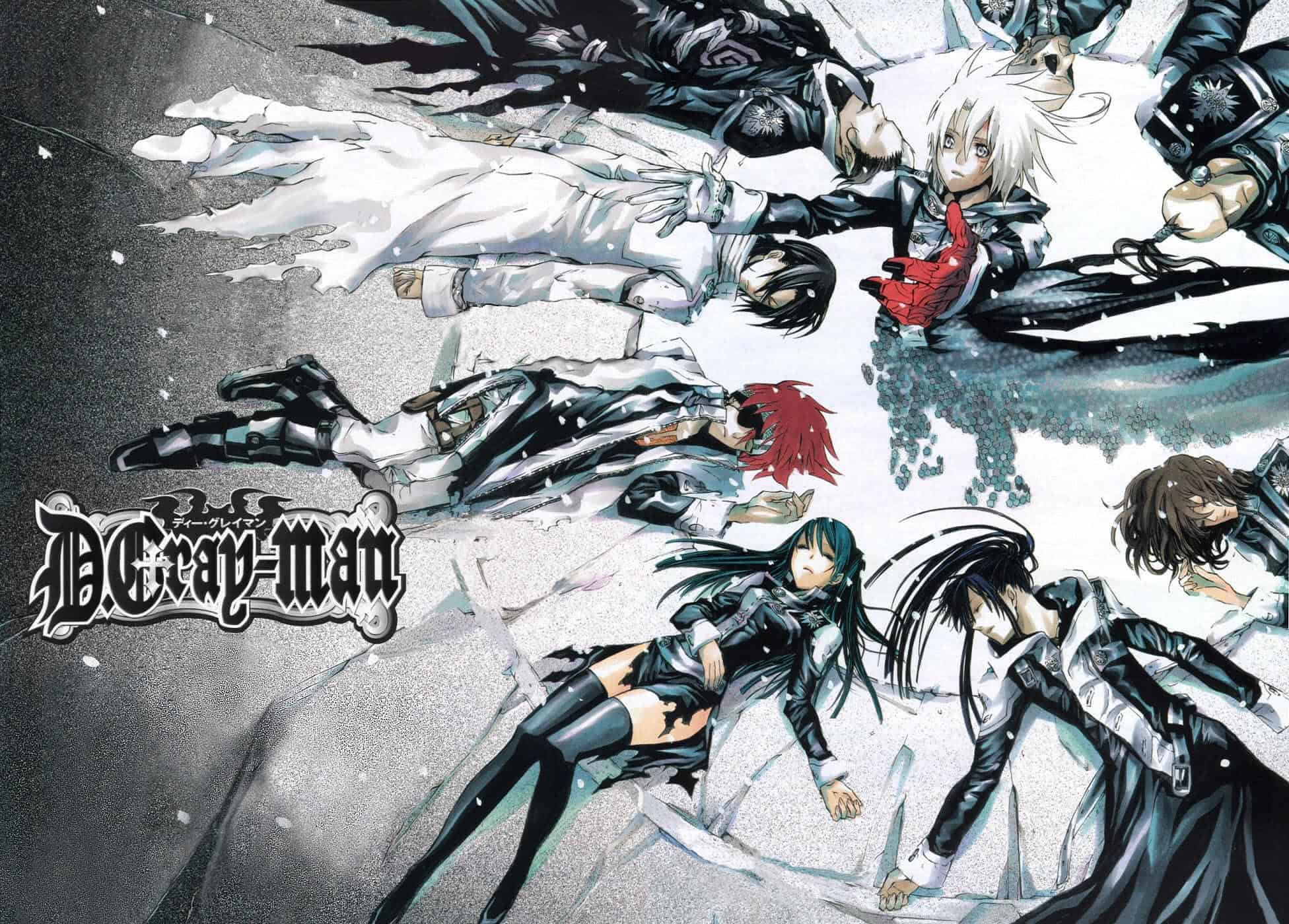
Second, everyone plays into a certain sort of archetype. We’re given an apparently one-dimensional, nice-guy protagonist and a cast of supporting characters with stock temperaments like gloomy, sunny, flirtatious, etc. And there is a battle going on, with the good guys battling the evil guys to prevent global destruction.
Much later, we learn that this shadowy, cynical component of his character is just as integral to who he is as the sunny, affable persona he proudly displays in front of others. At first impression, he looks so kind and approachable that we fail to see the protective barriers he has erected around himself.
His generosity and altruism are so obvious and apparent that it takes us some time to realize his personality is also furious and intransigent. Even the story of D-Day Man is good.
Although the first anime just gave us a taste of Hoshino Katsura’s penchant for narrative twists, and the follow-up movie Hallow only gave us a taste of it as well, the taste was fantastic.
The only reason any of this makes sense is because Allen grows and changes throughout the novel, comparable to the other major players. Like a jigsaw puzzle, the realities about his character gradually fall into place. Allen Walker is only one of the story’s many superbly realized characters.
Also Read: 47 Popular Anime Like Naruto That Fans Would Love
19. Monogatari Series (2009)
A harem comedy fantasy mystery show, Monogatari may seem like “just another one of those hundreds,” but you’d be incorrect. If you’re not already familiar with the Monogatari Series, you probably won’t be able to appreciate the show’s underlying charm.
Let’s get down to brass tacks: Araragi Koyomi, a high school senior in the series, is the protagonist. She is the human being who was changed into a vampire and then returned as a human.
He was human at the beginning of the narrative, but he still had certain vampiric abilities, such as an accelerated healing rate for wounds.
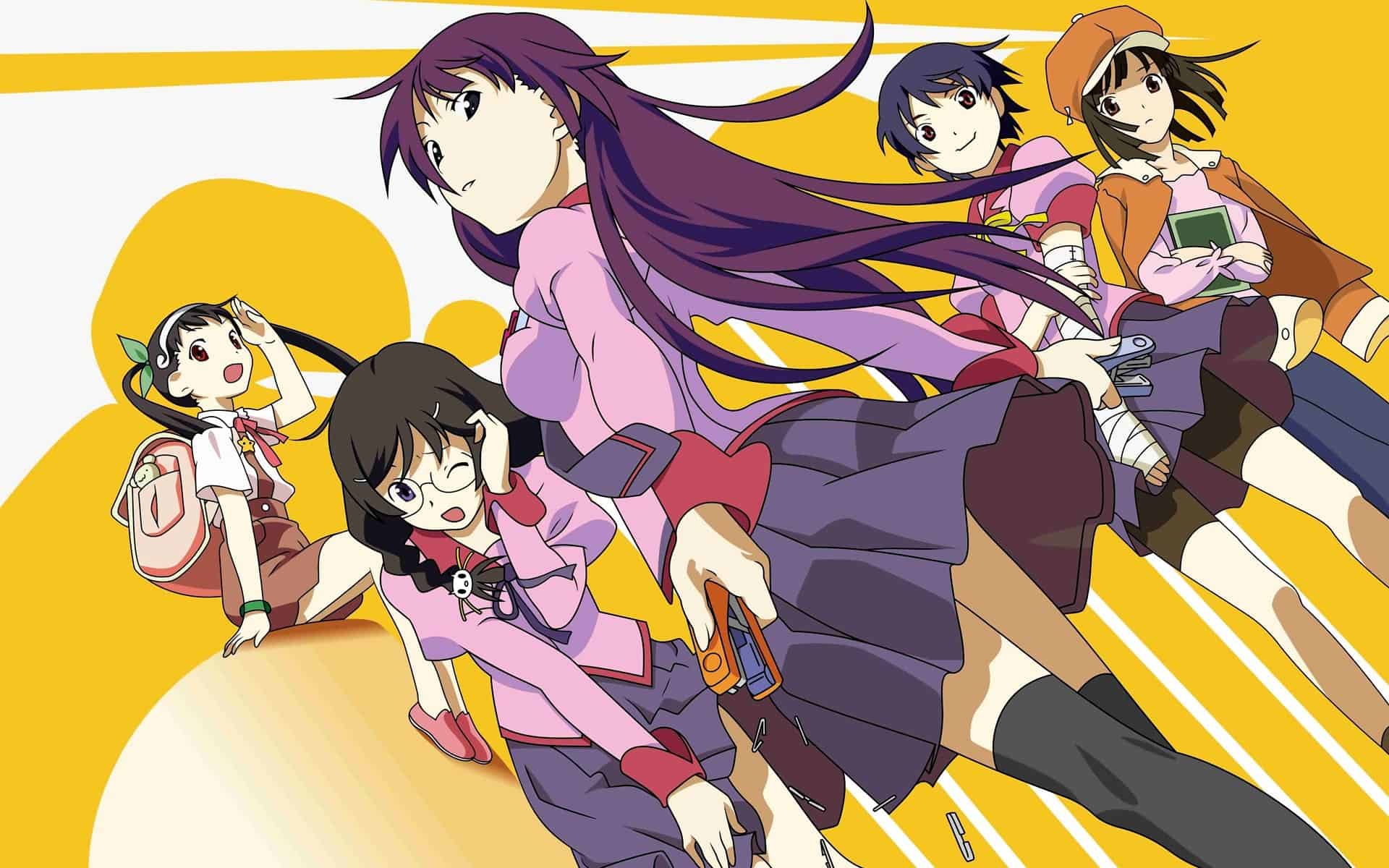
In the opening scene, Araragi is racing up the spiral staircase at his school to go to class in time when he witnesses a fellow student tumbling from a great height. He grabs her but is surprised to find that she hardly registers as an object in his grasp.
Hitagi, one of Araragi’s classmates, is a girl who is both very gifted and appears quite distant; she often sits alone and doesn’t interact with her peers. Araragi, like the protagonists of other Harem programs, must solve the issues of the other females, and each girl has her own story arc; this may seem basic, but it is not.
Most harems I’m familiar with have the female characters express their gratitude to the male protagonist by confessing their love for him. Our hero, Koyomi Araragi, is a senior in high school and can be identified by his enormous cowlick.
This gives him a bit of a thug vibe, and he is a misfit in some way, like the rest of the other characters in Bakemonogatari. But he’s a lovely person and very selfless, maybe even to a fault. It is almost excessive since his selflessness often ends in catastrophic injury or perhaps death.
20. YuYu Hakusho (1992)
Yusuke, a 14-year-old boy, is struck and murdered while attempting to save a younger child. He is given a second opportunity at life, not in heaven or hell, but as a spirit investigator.
At first, he’s swamped with cases, but afterward, we come to the Dark event, a massive event similar to what you could see in Dragon Ball but with a lot more gore. The last example is the Demon World segment.
To begin, there is Yusuke, a sluggard who dislikes exerting himself in any way. However, fighting is what he enjoys doing the most. And he does it rather well. The show’s beating heart, Kuwabara, is up next. Even though he isn’t the strongest member of his squad, he continually serves as the one to inspire his companions.
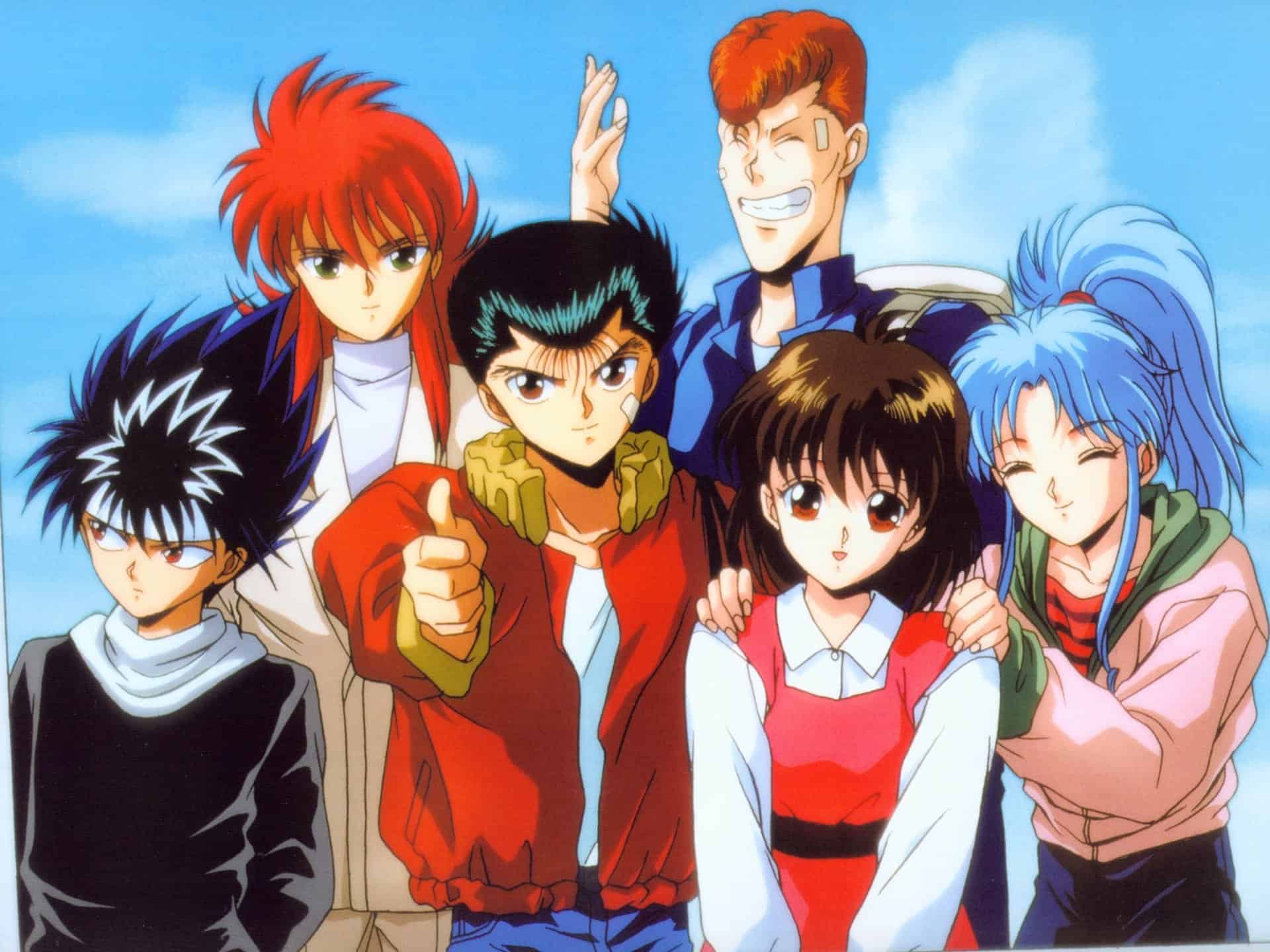
I suppose Yusuke’s opposing adversary is the three-eyed fire demon Hehi. He looks like a Vegeta straight out of Dragon Ball. But Hehi’s gory sense of comedy is awesomely entertaining.
We’ll go over to Kurama next. To hide from the angelic authorities, a demon assumed human form. He may not look like the most dangerous member of the group, but he is.
The program follows Yusuke as he works as a spirits detector to stop ghosts from wreaking havoc on Earth. Yet, there is also the Dark Tournament to consider. It’s a 30–40 episode arc that is among my all-time favorite anime shopping arcs. It’s an amazing opportunity to hang out with the finest villain in YuYu Hakusho, Togoro.
Also Read: 42 Anime Like Ghost Hunt That You Should Watch
What you are looking for is titled “Umi de Mikaketa Bakunyuu Bijo”, “Oonami ni Norou!” & “TWO PIECE” . Read at your own risk.

